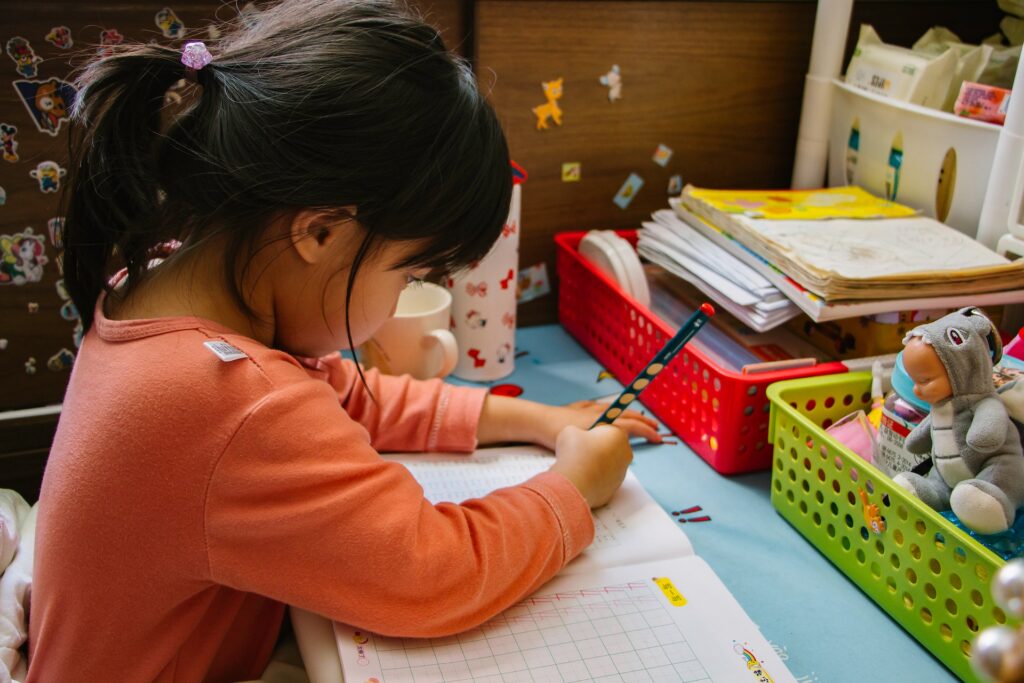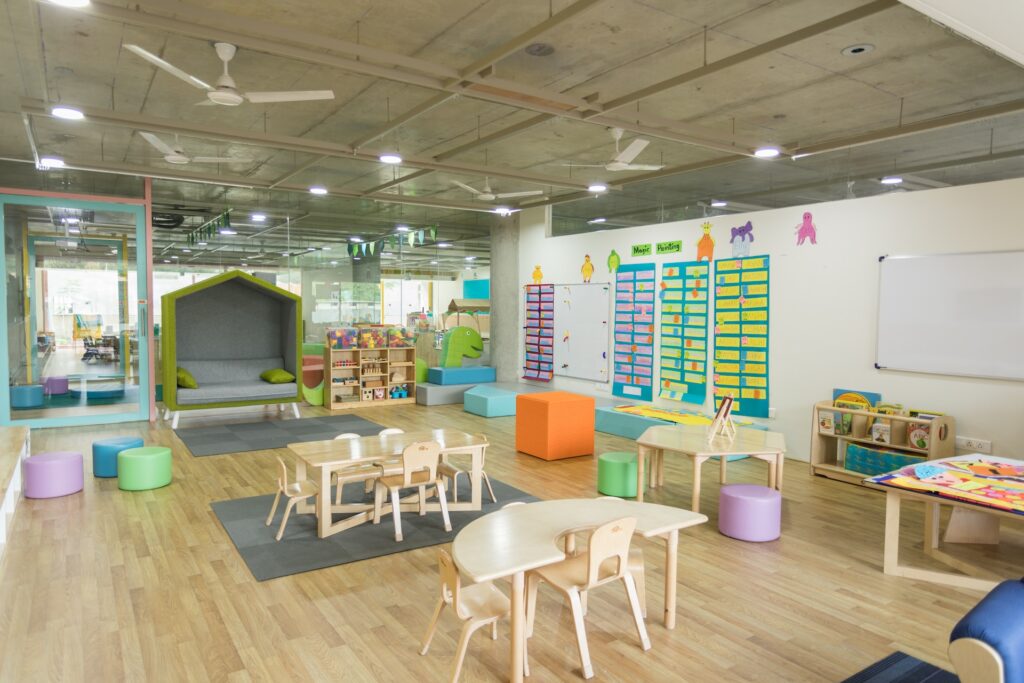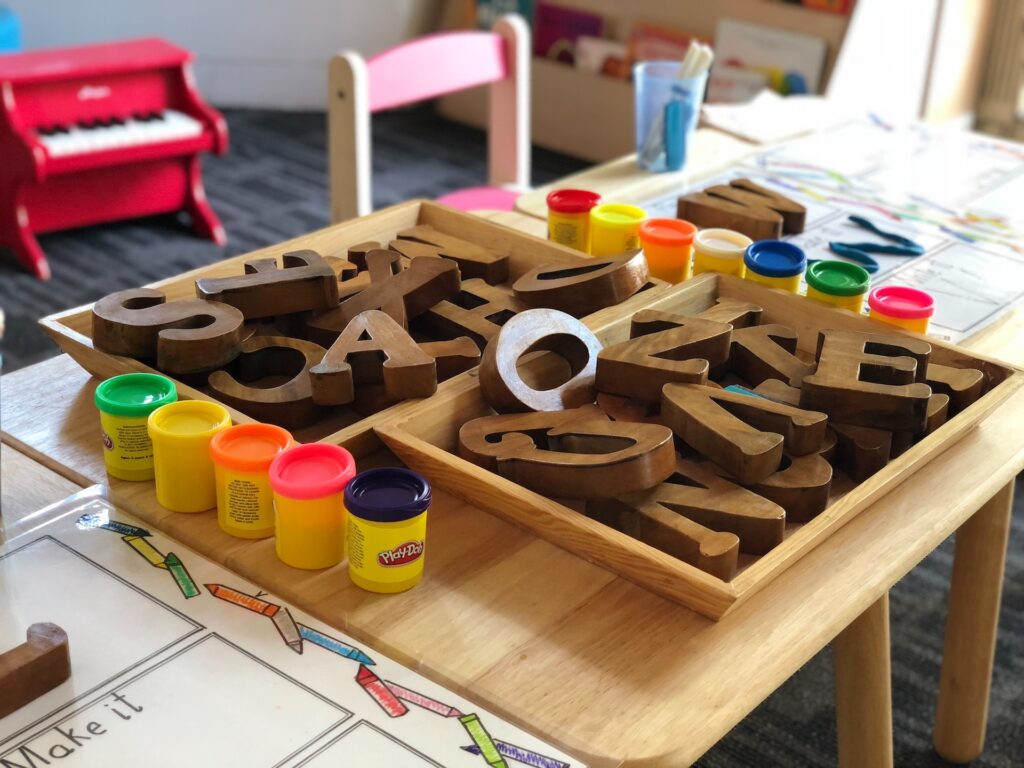
Preschool, often the first formal step in a child’s educational journey, plays a pivotal role in shaping their cognitive, social, and emotional development. Preschool curriculum is not merely an option but a fundamental necessity in ensuring a strong educational foundation. In this article, we will delve into the importance of preschool curriculum, highlighting its impact on early childhood development and long-term academic success.
The Early Years Matter Most
Preschool, typically designed for children aged three to five, encompasses a crucial phase in a child’s life. This stage represents a window of opportunity to build the basic skills and knowledge required for future learning. The significance of preschool curriculum is underscored by several key factors:
- Brain Development: The human brain undergoes rapid development in the first five years of life. This period, known as the critical or sensitive period, is when a child’s brain is most malleable and responsive to learning experiences. A thoughtfully structured preschool curriculum capitalizes on this neuroplasticity to lay the foundation for future learning.
- Language Acquisition: Preschool is an ideal time for children to immerse themselves in language-rich environments. They begin to absorb vocabulary, grammatical structures, and communication skills that are essential for effective learning and later success in school.
- Social and Emotional Skills: Beyond academics, preschool curriculum fosters critical social and emotional development. It is a time when children learn to share, cooperate, resolve conflicts, and develop empathy – all of which are essential life skills.
- School Readiness: Attending preschool helps children transition smoothly into the more structured and formal learning environments of elementary school. Familiarity with routines, basic academic concepts, and classroom etiquette is crucial for a successful start in primary education.
The Pillars of a Preschool Curriculum
An effective preschool curriculum is designed to address the holistic development of a child, considering their cognitive, social, emotional, and physical needs. The following are the core components of a preschool curriculum:
- Cognitive Development: Cognitive growth involves building a child’s knowledge base, problem-solving abilities, and critical thinking skills. Preschool activities should focus on introducing fundamental concepts in mathematics, science, and language.
- Literacy and Language: Early literacy is a cornerstone of preschool education. Reading, storytelling, vocabulary building, and activities that promote phonemic awareness are integral to a preschool curriculum.
- Mathematics: Preschool math introduces basic concepts such as counting, number recognition, shapes, and patterns. These early experiences build a strong mathematical foundation.
- Science and Exploration: Encouraging curiosity and inquisitiveness is a key goal of science-based activities in preschool. Simple experiments and explorations of the natural world stimulate children’s scientific thinking.
- Arts and Creativity: Activities like painting, drawing, and crafting foster creativity, fine motor skills, and self-expression. Art is a powerful means of engaging young minds and building their self-confidence.
- Physical Education: Active play and physical activities help develop motor skills, coordination, and overall physical well-being. These activities instill a love for an active lifestyle, promoting health and fitness from an early age.
- Social and Emotional Development: Preschool is a time for children to establish their first friendships, learn empathy, and develop emotional intelligence. Activities that promote teamwork and self-awareness are vital.
- Cultural and Social Awareness: Introducing children to diversity and different cultures helps them develop a global perspective and encourages inclusivity. Celebrating cultural events and teaching about different customs can be part of the curriculum.
- Music and Movement: Musical activities and dance enhance coordination, rhythm, and creativity. They also serve as an enjoyable means of teaching basic concepts like rhythm and rhyme.
- Outdoor Activities: Outdoor play, nature exploration, and field trips are essential for children to connect with the natural world and apply their learning to real-life experiences.
Building Lifelong Learners
A well-designed preschool curriculum sets the stage for a lifelong love of learning. It does so by focusing on key aspects of development:
- Curiosity and Exploration: Preschool encourages children to be curious, ask questions, and explore the world around them. This curiosity is the driving force behind a child’s desire to learn.
- Confidence: Success in early learning activities helps build self-confidence. A confident child is more likely to take on challenges and embrace learning as an enjoyable process.
- Problem-Solving Skills: Early experiences with puzzles, games, and interactive activities nurture problem-solving skills that are crucial in academic and real-life situations.
- Communication Skills: Preschool curriculum fosters effective communication by encouraging children to express their thoughts, feelings, and ideas. This skill is essential for academic success and interpersonal relationships.
- Social Skills: The social interactions in preschool help children develop essential social skills like sharing, taking turns, and resolving conflicts. These skills are transferable to various aspects of life.
- Critical Thinking: The introduction of cognitive challenges and activities that stimulate critical thinking prepares children to approach problems with a logical and analytical mindset.
Inclusivity and Diversity
A well-structured preschool curriculum embraces inclusivity and diversity. It respects the unique needs, backgrounds, and abilities of all children. Here’s how it contributes to a more equitable and just society:
- Inclusive Education: Inclusive preschools offer opportunities for children with special needs to learn alongside their typically developing peers. This promotes empathy and acceptance from a young age.
- Cultural Awareness: Learning about different cultures and traditions fosters respect and understanding. It encourages children to appreciate diversity and learn about the richness of the human experience.
- Gender Equity: In an inclusive environment, children learn that gender does not determine their abilities or interests. This helps break down gender stereotypes and promotes equality.
- Socioeconomic Diversity: Preschools with inclusive practices welcome children from a variety of socioeconomic backgrounds. This exposes children to different life experiences and promotes empathy and understanding.
Parental Involvement
The success of a preschool curriculum is further enhanced when parents are actively involved in their child’s education. Engaging parents can be achieved through:
- Communication: Regular updates and parent-teacher conferences provide insight into a child’s progress and areas for improvement.
- Home-Based Learning: Suggesting activities or resources for parents to reinforce learning at home ensures that children receive a consistent educational experience.
- Workshops and Seminars: Hosting informational sessions and workshops helps parents understand the curriculum and how to support their child’s learning.
- Feedback Loop: Encouraging parents to provide feedback on the curriculum and their child’s experiences allows for continuous improvement and refinement.
Preschool curriculum is not an option but a necessity in fostering early childhood development. The importance of a well-designed curriculum cannot be overstated, as it provides the critical building blocks for future learning and success. In these formative years, children are at their most receptive, and a carefully structured curriculum capitalizes on this window of opportunity. It ensures that children acquire the foundational knowledge, skills, and attitudes necessary for lifelong learning, social integration, and personal growth. Preschool education is not just an investment in a child’s future; it is an investment in a brighter, more inclusive, and more equitable society.


